NIL
Central Michigan University
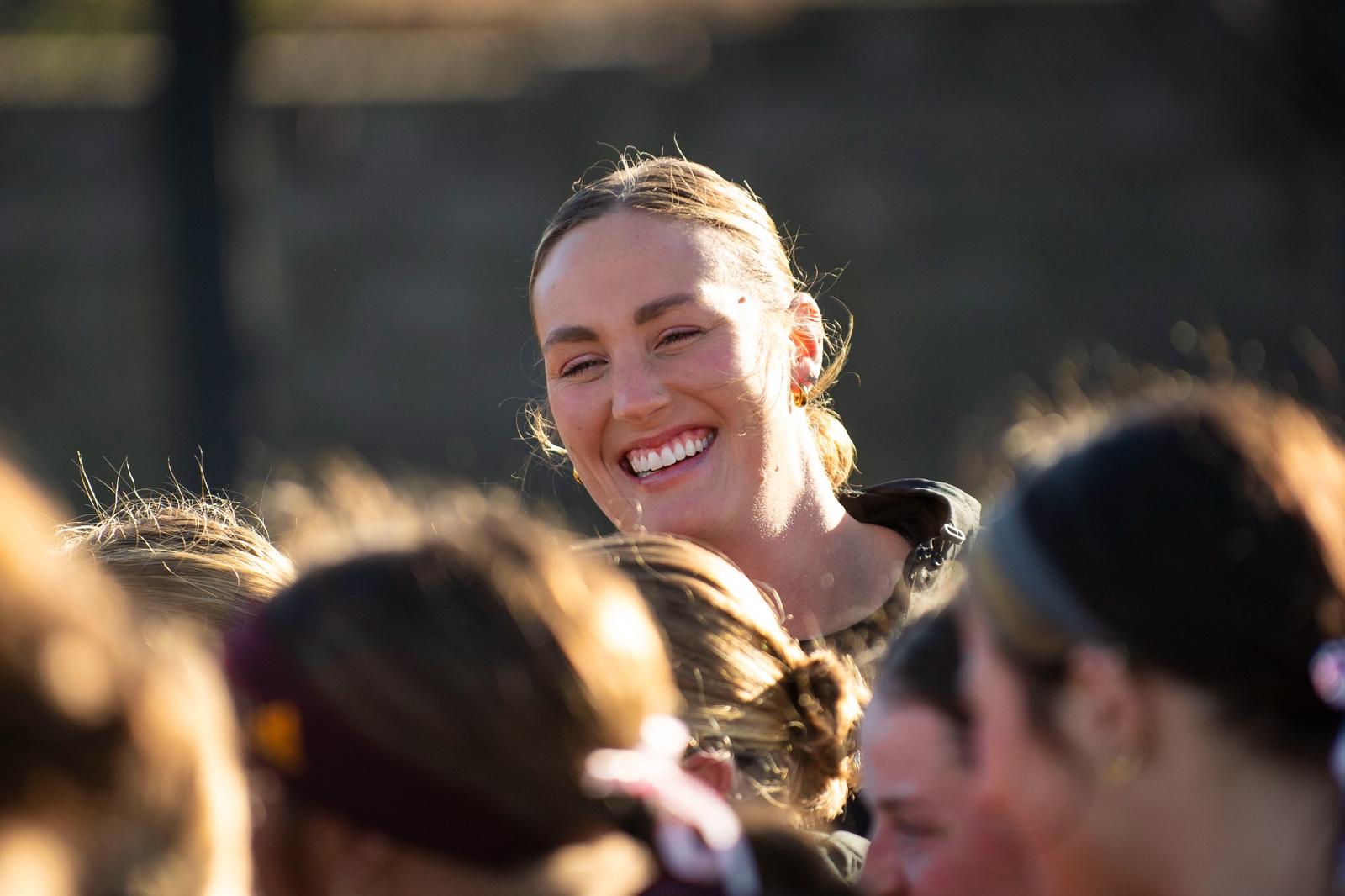
Driesenga, who has served as the pitching coach and as an assistant coach for every year Salmon has been leading the program, has become invaluable to the success of the Maroon & Gold during the recent stretch of achievements for Chippewa Softball over the last six seasons.
“I am thrilled to promote Coach Driesenga to Associate Head Coach” says Coach Salmon. “Her dedication, leadership and unwavering commitment to our program have made a lasting impact on both our players and staff. This promotion is a testament to her hard work, ability to inspire, and vision for our continued success. We are fired up to see how she continues to lead our pitching saff and impact our student-athletes daily.”
A standout pitcher for the University of Michigan and Hudsonville, Michigan native, has bred success in the circle for Chippewa pitchers that have since stamped their names in the Central Michigan Softball record book.
Grace Lehto, a 2024 graduate of the program, who pitched for four seasons under the leadership of Driesenga, was named First Team All-MAC twice, earned Second Team honors once, and was named to the Mid-American Conference All-Tournament in 2022.
Lehto, who ended her career with 567 strikeouts, ranks third in program history in that category. Under Driesenga, Lehto made 131 appearances in the circle, third best in program history, collect the ninth most wins in a career with 50, charted a second best six saves, threw 61 complete games, seventh most in program history, and her 623.3 innings pitched, and the fifth most by any pitcher in Central Michigan Softball history.
Against Bowling Green, April 26th of 2023, Lehto threw the most recent no-hitter in program history.
“I am so thrilled for Coach Sara in her new role; nobody is more deserving than her. When I was recruited to play at CMU, I was so excited to have the opportunity to learn from and be coached by one of the most legendary pitchers in our game.” Says Lehto.
“Little did I know the impact that Coach Sara would have on not only my athletic career as a pitcher at Central Michigan, but on my life. Her mentorship made me a better pitcher in so many ways; she knows the game of softball from every angle. She is so intelligent and creates an individual relationship with each pitcher to help them achieve their full potential. Her mentorship has also led be to be a better teammate, friend, sister, human. I am so fortunate to have been coaches by Sara, she has had a forever impact on my life, and I am so grateful I know call her a friend for life.”
In the last six seasons leading CMU, the Chippewa pitching staff under the direction of Driesenga has been consistently thriving in the statistical categories.
CMU has held opponents to a .289 batting average in the last six seasons combined, sixth best in the league, and ranks fourth in both strikeouts (1312, 218/season) and .63 strikeouts/hit allowed. The 218.7 strikeouts per season, is also fourth best in the conference.
In the 2025 season, Mackenzie Langan was named First Team All-MAC as a right-handed pitcher for the Chippewas.
Langan posted a 2.94 ERA in her junior season, and a 2.03 ERA in MAC play. Her total ERA for the season was third best in the MAC, and holding her opponents to a .261 batting average, she held the sixth best spot in the conference. Langan collected 13 wins in the 2025 season – fifth best in the MAC and tossed 11 complete games with six shutouts.
For the latest news and updates on CMU Softball, follow the team on X (@cmusoftball) and Instagram (@cmichsoftball).
NIL
No. 1 college football team linked to underrated prospect in transfer portal
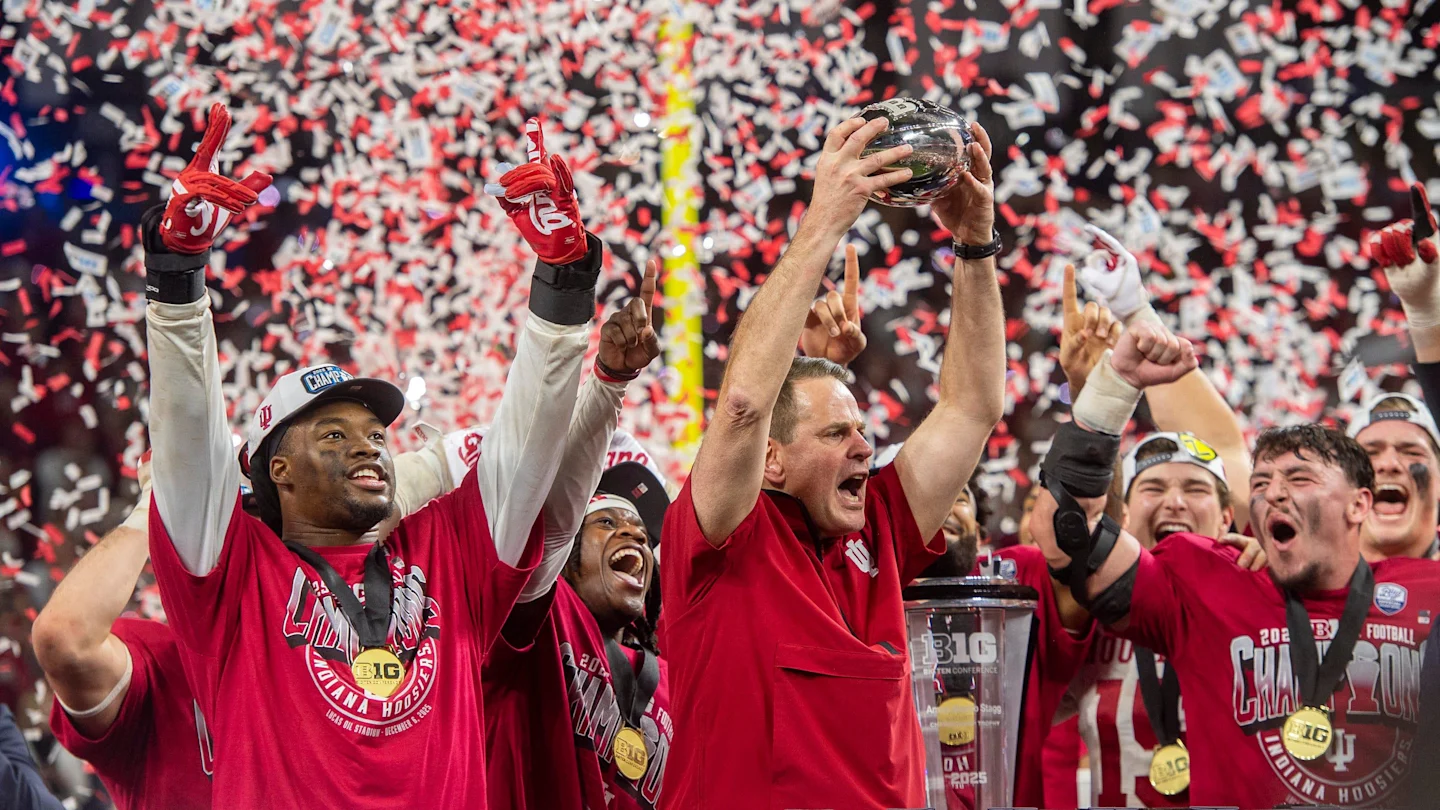
Colorado finished a disappointing 2025 campaign after the program’s 2024 surge, falling to 3–9 (1–8 Big 12) one year after a 9–4 season and No. 23 final AP ranking under third-year head coach Deion Sanders.
Adding insult to injury, the Buffaloes are now set to lose numerous players, with 24 players expected to enter the transfer portal when the window opens on Friday.
The most surprising name on the list, however, is true freshman cornerback Noah King, who entered the transfer portal earlier this month.
King was a four-star prospect from Hamilton, Ohio, with 247Sports ranking him as the No. 26 cornerback in the 2025 class.
He arrived at Colorado in April 2025 after a brief enrollment at Kansas State, transferring just months after signing with the Wildcats on December 4, 2024.
Prior to his commitment to Kansas State, King held more than a dozen Power Four offers, including Kentucky, Nebraska, West Virginia, Marshall, and Oregon State.
With King set to test the market, multiple outlets have mentioned Indiana as a program monitoring his situation or viewed as a logical fit.

Head coach Curt Cignetti has rapidly transformed Indiana since his hire on November 30, 2023.
In 2024, he engineered one of the program’s quickest turnarounds, delivering a then-program-record 11-win season, Indiana’s first College Football Playoff berth, and national coach-of-the-year recognition.
Building on that momentum, the Hoosiers completed an undefeated 13–0 regular season in 2025, captured the Big Ten title, and entered the College Football Playoff as the No. 1 seed — a rise fueled by targeted transfer additions, improved recruiting, and a physical, high-tempo identity Cignetti installed.
One of those transfer additions was Heisman-winning quarterback Fernando Mendoza, who completed 71.5% of his passes for 2,980 yards, 33 touchdowns, and six interceptions.
Under Cignetti and Mendoza, Indiana now has a legitimate chance to compete for a national title, with a CFP quarterfinal matchup set for Thursday against No. 9 Alabama in the Rose Bowl (4:00 p.m. ET on ESPN).
If the Hoosiers advance, they would face the winner of the No. 4 Texas Tech–No. 5 Oregon matchup in the CFP semifinals, with a potential national championship game on January 19 looming.
As an Ohio native, Bloomington represents a logical fit for King due to the Midwest pull, and after redshirting his first year at Colorado, he would have a clearer path to playing time.
Indiana’s recent success, defensive back development, and growing NFL attention make it an attractive landing spot for a young, highly recruited cornerback seeking to develop and compete for championships.
Read More at College Football HQ
- College football program loses 16 starters to transfer portal
- $2 million college football QB predicted to have ‘untapped potential’ after entering transfer portal
- College football’s leading passer announces transfer portal departure in farewell note
- Major college football program linked to 1,800 yard RB in transfer portal
NIL
Ted Cruz warns of ‘utter tragedy’ if Congress fails to act on college football
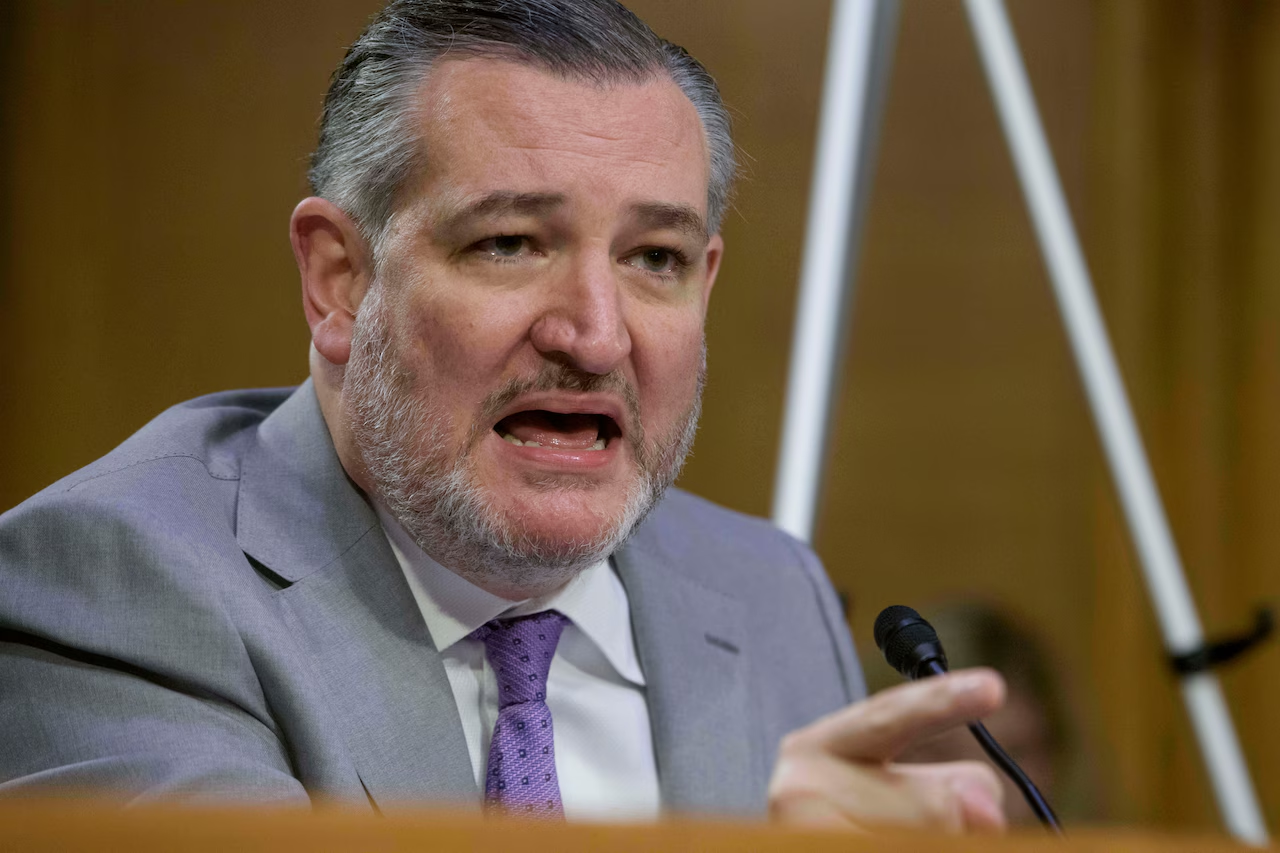
Senator Ted Cruz is taking a break from the usual political discourse to sound the alarm on college football.
On Tuesday, he quote-tweeted a college football account, highlighting the massive roster challenges Iowa State is facing. According to the post, the team has only 17 players remaining for next season with just one returning starter after a coaching change.
“An absolute crisis. Congress NEEDS to act,” Cruz wrote on X/Twitter. “For months, I’ve been working night (and) day to try to bring Republicans and Democrats together to save college sports. If we fail to do so, it will be an utter tragedy. And it’s happening right before our eyes.”
Iowa State is trying to steady itself after Matt Campbell, the winningest coach in school history, left for Penn State. This has set off a chain reaction that has unraveled the roster.
Campbell’s departure has resulted in at least 36 players leaving, according to College Sports Network, including quarterback Rocco Becht and leading tackler Marcus Neal. The losses have left Iowa State focused less on postseason ambitions and more on simply staying afloat.
Now the job of rebuilding falls to Jimmy Rogers, hired away from Washington State on Dec. 5. Rogers is in the process of re-recruiting players and assembling a new staff.
Iowa State’s situation is becoming more common in today’s college football. The rise of NIL (Name, Image, and Likeness) and constant coaching changes have made the sport unstable, with rosters changing almost overnight.
NIL refers to the ability of college athletes to earn money from endorsements, sponsorships, appearances, and other commercial uses of their personal brand.
Adopted nationwide in 2021, NIL allows athletes to profit without being paid directly by their schools for performance. While supporters see it as a long-overdue correction to amateurism, critics argue it has created an uneven, lightly regulated marketplace that has upended recruiting and competitive balance in college sports.
NIL
College football transfer portal: Texas’ Steve Sarkisian calls out irrational agents
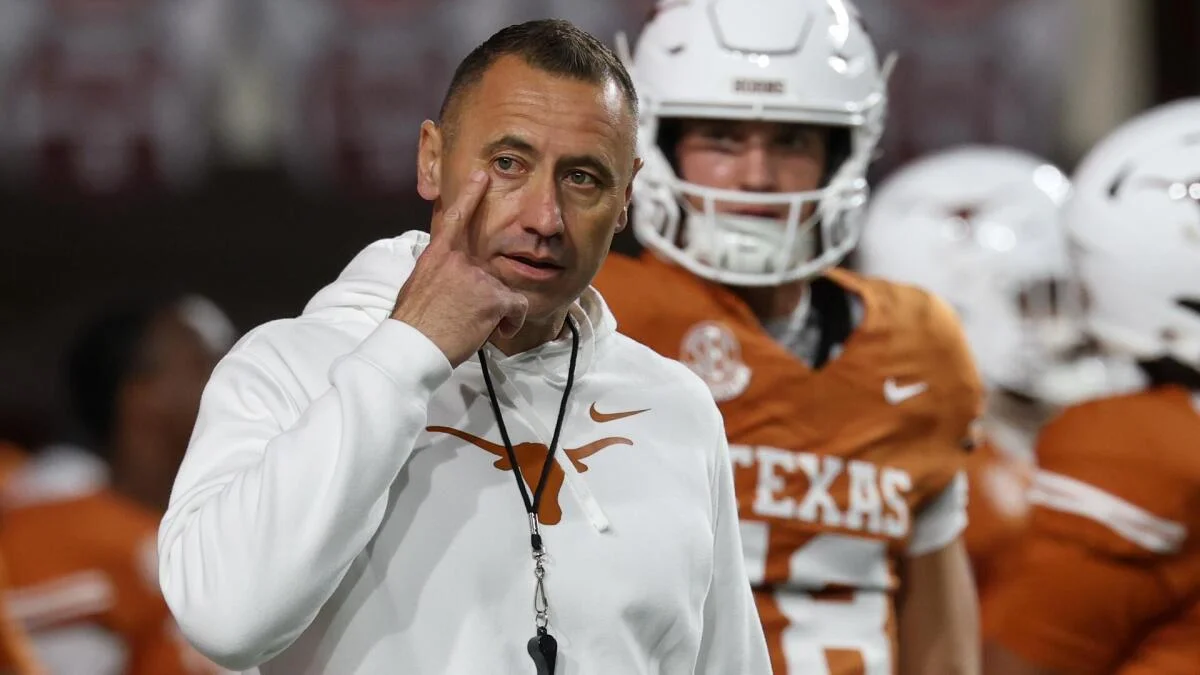
Constructing a college football roster is wildly different now than it was even three years ago, as the transfer portal, NIL and revenue sharing completely reshaped the way coaches and programs must operate.
There are plenty of teams that use the ability to (legally) pay players and the portal to their advantage, but the newness of everything related paying players and the lack of regulations in college football, due to the ever-weakening NCAA, created a number of challenges.
Texas coach Steve Sarkisian detailed one major problem he hopes to see addressed after a reporter asked about how he approaches building through the portal. Texas doesn’t have much issue with investment or resources, but Sarkisian explained that the lack of a certification process for agents can lead to some absurd situations.
“I think it’s all so strategic, right? It’s one about need. It’s two about money and the cost and where’s the market and which agent you’re dealing with,” Sarkisian said. “There are some agents that are rational, and there are some agents that this is the first time ever being an agent — I don’t know if they are even licensed to be agents, but all of a sudden they get to be agents because we have no certification process in college football. In the NFL, you have to be certified. In college football, it may be their college roommate their freshman year who’s their agent right now, and this guy is throwing numbers at you and it’s like, we can’t even deal with this. Like, you just move on. It’s unfortunate. And we’ll get there in college football, but right now it’s a tough situation.”
Coaches complaining about NIL and the portal often amount to sour grapes, but Sarkisian’s point about the challenge of dealing with agents which have no previous experience or understanding of the market is a legitimate one.
That said, you have to wonder if this is fresh in Sarkisian’s mind due to any of Texas’ opt-outs, as they have 13 players who announced intentions to enter the transfer portal and won’t play in the Citrus Bowl. Among them are the Longhorns top three running backs, headlined by Tre Wisner, and their second-leading receiver, DeAndre Moore Jr.
Eventually one would think some governing body will emerge that can provide some form of regulations on that sort of thing and require certification to help everyone out — as players would be better served being represented by more professional agents. However, it’s not clear when that will happen as the fear of anti-trust litigation led the NCAA to await congressional action, which has yet to materialize in any meaningful way.
In the meantime, coaches and GMs will have to deal with the occasional green agent who asks the world, which even a program with seemingly endless resources like Texas has to laugh off.
NIL
$1.4 million QB strongly linked to Big Ten program after decision to enter transfer portal

The college football transfer portal window opens soon with a flurry of high-profile movement expected across the country.
One of the most significant announcements comes from a veteran quarterback, with a reported $1.4 million valuation by On3, who declared his intention to seek a new home for his final senior campaign. This signal-caller brings a wealth of experience and production to the open market as teams look to solidify their rosters for 2026.
This prospect stands out as the most experienced returning starter in the Power 4 conferences with 39 career starts under his belt. He has accumulated 26 victories over the last three years and boasts 83 total touchdowns during his collegiate career. His decision to move on follows a challenging 2025 season where he battled through a partially torn labrum and an AC sprain while leading his team.
Speculation immediately centers on a reunion with his former head coach who recently departed for a prominent job in the Big Ten Conference. The two share a close relationship that could facilitate a quick transition to the new program in State College.
Analysts believe this connection makes the Nittany Lions a logical landing spot for the seasoned passer as he explores his options in a lucrative marketplace.
Quarterback Rocco Becht leaves Iowa State Cyclones to pursue new opportunities
Rocco Becht officially announced his decision to enter the NCAA transfer portal on Dec. 20 through a social media post. The Iowa State Cyclones standout thanked the fanbase and the program before stating his desire to find a new destination for his final year of eligibility. Becht leaves Ames as one of the most productive players in school history and as the coach who guided the team to its first 11-win season in 2024.
His entry into the portal comes shortly after Iowa State Cyclones head coach Matt Campbell accepted the head coaching position with the Penn State Nittany Lions. Campbell and Becht developed a strong bond during their time together in the Big 12 Conference.

Reports from ESPN’s Max Olson suggest Becht is a strong candidate to follow Campbell to Pennsylvania. However, the redshirt junior is expected to consider offers from other schools before finalizing his decision.
The market for experienced quarterbacks has grown expensive with top passers commanding deals in the $3 million to $4 million range. Becht offers a proven track record despite a statistically down year in 2025 caused by multiple injuries. He underwent surgery on his non-throwing shoulder recently to address a labrum issue that plagued him throughout the fall.
The 6-foot-1 quarterback threw for 2,584 yards and 24 touchdowns this past season while managing the physical setbacks. He ends his time at Iowa State with 9,274 passing yards and 64 passing touchdowns.
The NCAA transfer portal window will open for all players on Jan. 2.
Read more on College Football HQ
NIL
Major college football program ‘targeting’ $2.4 million QB in transfer portal
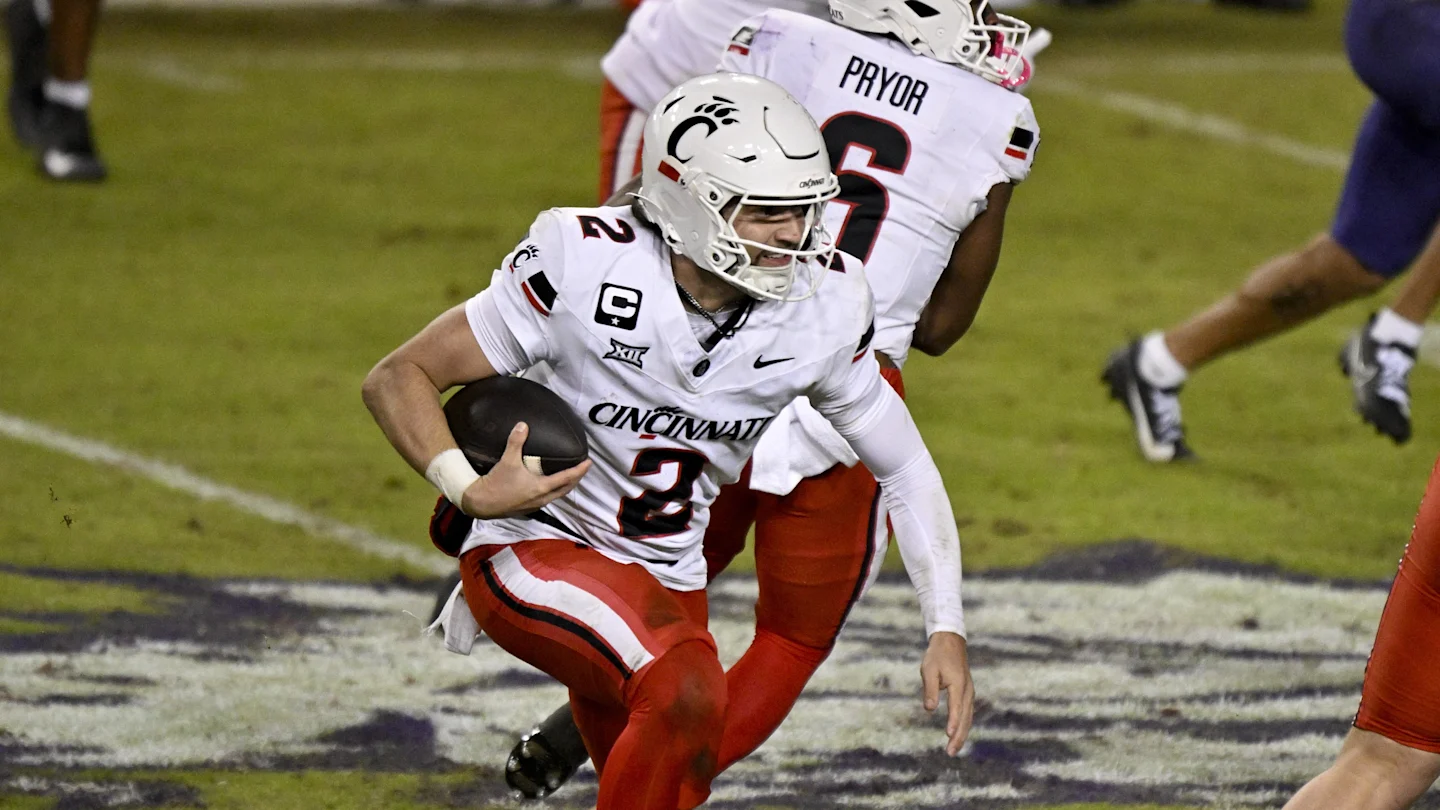
The NCAA transfer portal officially opens on Friday for all college football players seeking new programs to play for in 2026. The portal will stay open for the following two weeks.
Among the vast number of players who have entered the transfer portal, quarterbacks have received the most attention in recent weeks. No less than seven Power Four starters from the 2025 season are on the move, and there are a number of starters from the Group of Five ranks looking to move into the Power Four.
One Power Four starter on the move is Cincinnati quarterback Brendan Sorsby. He will have one season of eligibility remaining at his third school.
While Sorsby is an attractive starter candidate from the transfer portal, one of the strongest contenders lies within the Big 12.
The Athletic recently unveiled projections for each quarterback’s potential destination out of the transfer portal. One of the projections listed Sorsby transferring to Texas Tech in the 2026 offseason.
The Red Raiders are some of the most aggressive NIL spenders in college football, but they have seldom used the portal for a quarterback. Tyler Shough is the only quarterback Texas Tech has started from the portal under Joey McGuire, and he transferred to Louisville after suffering an injury and losing the job to Behren Morton.
Sorsby began his college football career at Indiana under Tom Allen in 2022. He redshirted that season, finishing 3-of-6 passing for eight yards and an interception in a blowout loss to Penn State.
The Hoosiers featured Sorsby in 10 games during the 2023 season. He passed for 1,587 yards, 15 touchdowns and five interceptions and rushed for 112 yards and four touchdowns. Allen was fired by Indiana that offseason, so Sorsby transferred to Cincinnati.

Scott Satterfield immediately named Sorsby as the Bearcats’ starter in 2024. He compiled 2,813 pass yards, 18 touchdowns and seven interceptions to go along with 447 rush yards and nine rush touchdowns. Cincinnati finished the year 5-7, losing each of its last five games.
Sorsby accumulated 2,800 passing yards, 27 touchdown passes and nine interceptions to go along with 580 yards and nine touchdowns on the ground. The 36 total touchdowns are the most in Cincinnati program history.
Since the portal opens on Jan. 2, Sorsby will not play in Cincinnati’s bowl game. The Bearcats (7-5, 5-4) will face Navy (10-2, 7-1) in the AutoZone Liberty Bowl (4:30 p.m. EST, ESPN).

NIL
No. 1 transfer portal player heavily linked to major college football program
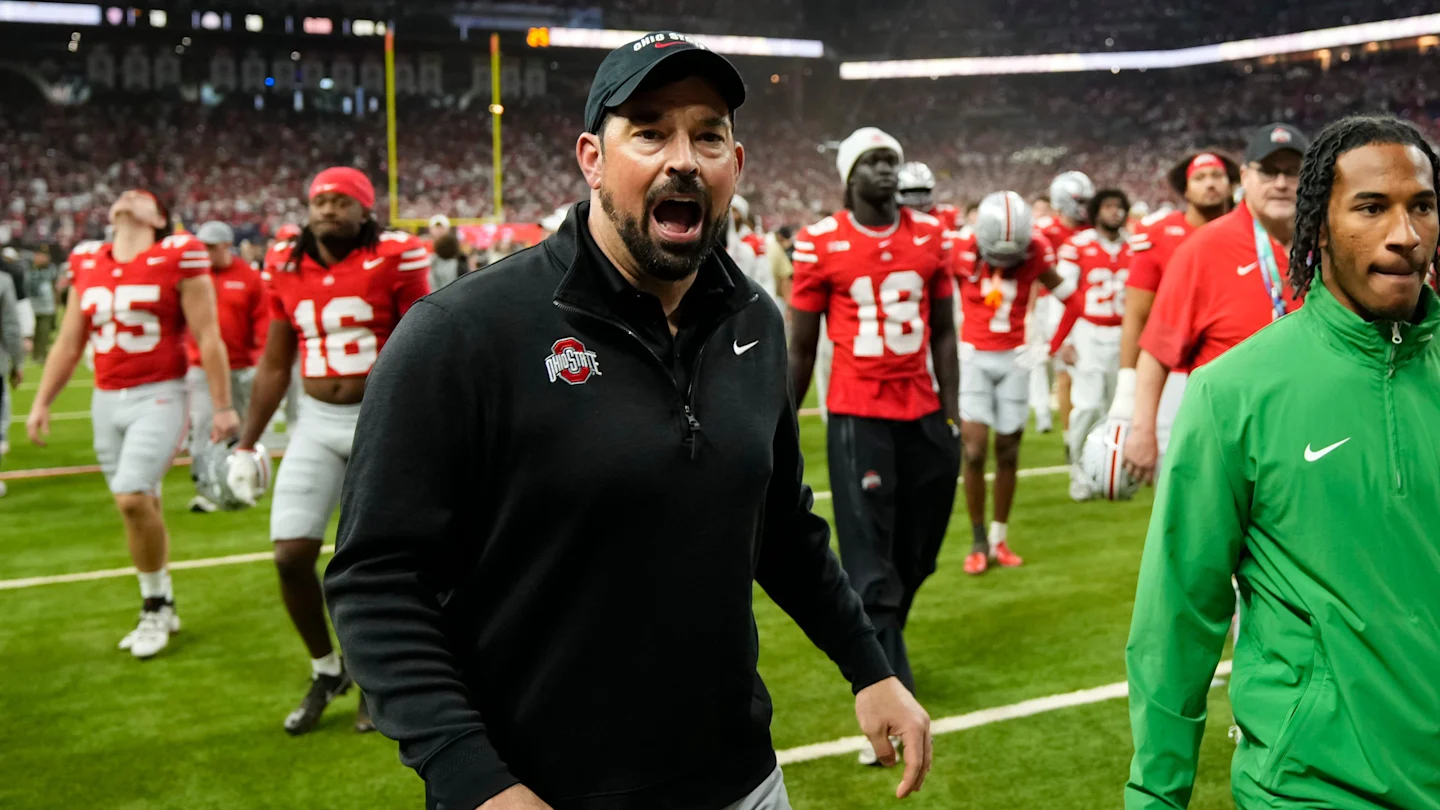
After entering the year ranked No. 2 in the AP Top 25 preseason poll, Penn State endured a turbulent 2025 season that included the firing of long-time head coach James Franklin, a disappointing 3–6 Big Ten conference record, and a late rebound capped by a 22–10 Pinstripe Bowl win over Clemson to finish 7–6.
Chaz Coleman, Penn State’s true freshman defensive end, emerged as one of the program’s more promising underclass pass-rush prospects in 2025, recording eight total tackles, three tackles for loss, one sack, one forced fumble, and two fumble recoveries across five appearances.
However, Coleman announced his decision to enter the transfer portal on December 18 and has since emerged as the No. 1-ranked player in the portal according to 247Sports.
Soon after, reports surfaced regarding Ohio State’s interest in portal edge talent, with On3’s Pete Nakos specifically naming Coleman and listing the Buckeyes among the programs already connected to him.
On Monday, Nakos again linked Coleman to Ohio State, noting significant mutual interest and that the two sides appear close to coming together.

Coleman is a Warren, Ohio, product who arrived at Penn State as a highly regarded high school prospect.
He was listed by On3 as a four-star recruit, the No. 25-ranked edge rusher nationally, and the No. 8-ranked prospect in Ohio, holding more than a dozen offers before choosing the Nittany Lions over Kentucky, Florida State, Illinois, Michigan State, Missouri, and Ohio State.
Ohio State compiled a 12–1 regular-season record in 2025, finished undefeated in Big Ten play before falling to Indiana in the conference title game, and entered the College Football Playoff as the No. 2 seed, drawing a quarterfinal matchup against Miami in the Goodyear Cotton Bowl Classic on Wednesday.
Coleman’s Ohio roots, size (6’4″, 240 pounds), and Ohio State’s recent success developing portal and transfer edge defenders into NFL-caliber players make the Buckeyes a logical fit.
Read More at College Football HQ
- $2.6 million QB ranked as No. 1 transfer in college football
- 25-touchdown RB shares farewell note after entering college football transfer portal
- College Football Playoff team loses All-Conference player to transfer portal
- College football team loses three All-Americans to transfer portal
-

 NIL3 weeks ago
NIL3 weeks agoDeSantis Talks College Football, Calls for Reforms to NIL and Transfer Portal · The Floridian
-
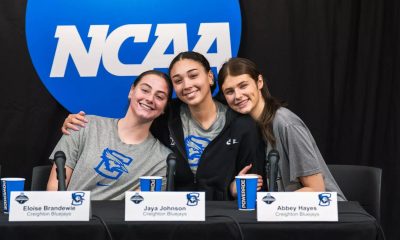
 Sports3 weeks ago
Sports3 weeks ago#11 Volleyball Practices, Then Meets Media Prior to #2 Kentucky Match
-
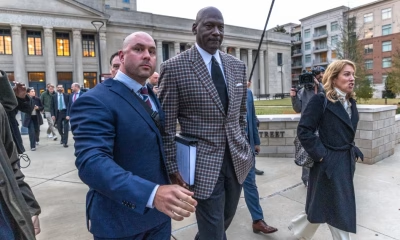
 Motorsports3 weeks ago
Motorsports3 weeks agoNascar legal saga ends as 23XI, Front Row secure settlement
-

 Motorsports3 weeks ago
Motorsports3 weeks agoSunoco to sponsor No. 8 Ganassi Honda IndyCar in multi-year deal
-
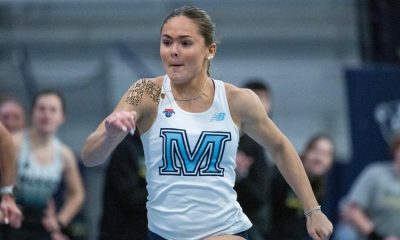
 Sports2 weeks ago
Sports2 weeks agoMaine wraps up Fall Semester with a win in Black Bear Invitational
-
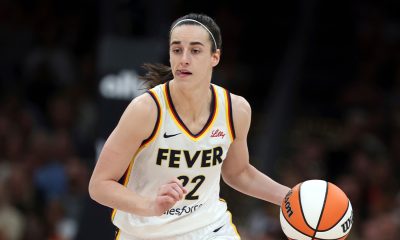
 Rec Sports3 weeks ago
Rec Sports3 weeks agoWNBA’s Caitlin Clark, Angel Reese and Paige Bueckers in NC, making debut for national team at USA camp at Duke
-
Motorsports3 weeks ago
NASCAR, 23XI Racing, Front Row Motorsports announce settlement of US monopoly suit | MLex
-

 Motorsports2 weeks ago
Motorsports2 weeks agoRoss Brawn to receive Autosport Gold Medal Award at 2026 Autosport Awards, Honouring a Lifetime Shaping Modern F1
-

 Motorsports3 weeks ago
Motorsports3 weeks agoRick Hendrick comments after the NASCAR lawsuit settlement
-

 Sports3 weeks ago
Sports3 weeks agoHope College Tops MIAA Commissioner’s Cup Fall Update

































